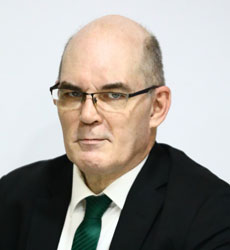Read this in The Manila Times digital edition.
THE past couple of weeks have brought some interesting news on the nuclear energy front, not all of it very encouraging if one is an advocate of harnessing the mighty atom. If those advocates or the media outlets that uncritically publish their press releases are to be believed, nuclear energy is enjoying a resurgence, as it seems ideally suited to answer both the challenges of meeting energy demand that is growing by leaps and bounds and transitioning energy supplies away from planet-killing fossil fuels. Reality, however, seems to be curbing imaginative aspirations.
At the end of September, the US Department of Energy released an updated version of its nuclear roadmap, entitled "Pathways to Commercial Liftoff: Advanced Nuclear." At last year's COP28 climate summit in Dubai, the US was among the countries pledging to triple their nuclear capacity by 2050, so the report presents a broad plan for how to achieve that. While the DoE is quite enthusiastic about nuclear energy and insists the goal can be met — the US has about 100 gigawatts of nuclear capacity now, so it would have to increase that to 300 GW — reading between the lines reveals a great deal of uncertainty.
Continue reading with one of these options:
Ad-free access
P 80 per month
(billed annually at P 960)
- Unlimited ad-free access to website articles
- Limited offer: Subscribe today and get digital edition access for free (accessible with up to 3 devices)


